December 2, 2020
6 min read
Panasonic has recently started shipping two new studio cameras - the AK-UC3300 and the AK-HC3900. The AK-UC3300 contains an 11-megapixel sensor and is ideal for high-resolution 4K capture. It also has a 2x HD high-speed video shooting function that adds variety for fast-paced sports and live event shooting. The AK-HC3900 HD studio camera includes a large 4K-CMOS sensor and combined with the AK-HCU250 Camera Control Unit (CCU) and the AK-HRP250 Remote Operation Panel (ROP), a production can construct a long-distance optical fiber transmission studio camera system at a much lower cost.
We sat down with Sr. Product Manager, Live Production Systems Michael Bergeron to get his thoughts on the new system cameras. Bergeron also discussed the history of Panasonic studio cameras, the current state of 4K broadcast, and how the rental and staging business has become the driver for 4K live.
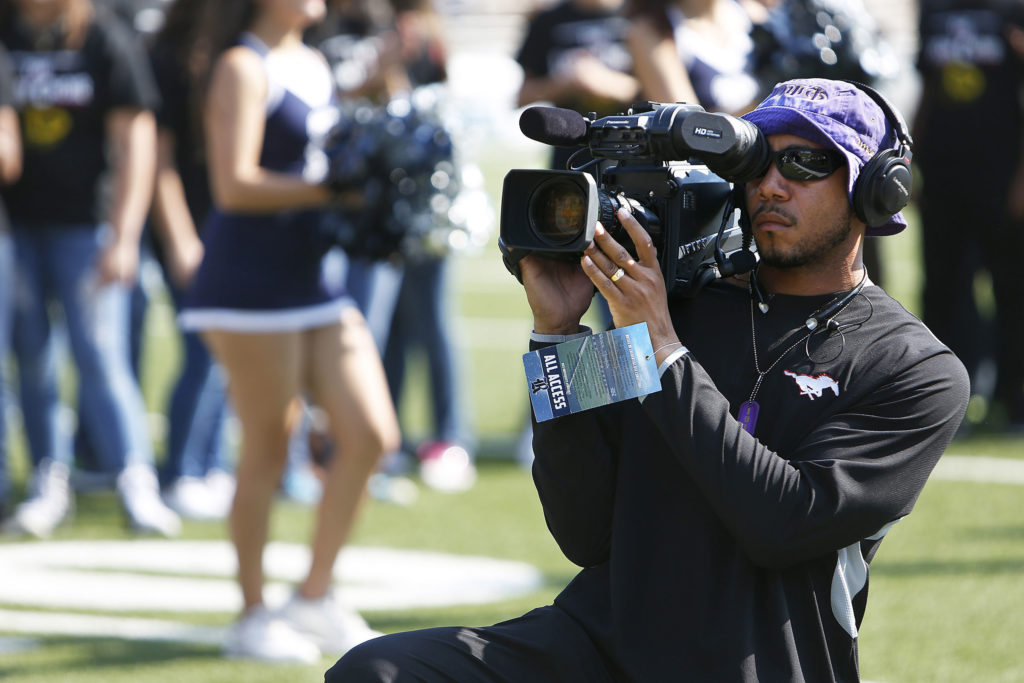
The AK-HC5000 and the AK-UC3000 studio cameras got a significant footprint in Division 1 college sports.
QUESTION: Can you give a short history of Panasonic studio cameras?
MICHAEL BERGERON: Panasonic built the studio cameras for one of the first HD studio camera trucks. We really had the first 720p studio camera when a lot of other vendors were focused on 1080. Also, we never made a triax studio camera. Even with SD cameras, we were doing fiber. I think that kept us from being mainstream in the US market because it took the market a long time to move to fiber. Once you got to 1080p and 4K, the venues and broadcasters finally bit the bullet and put in fiber. That's when our studio camera business started taking off. We were in several TV stations and a lot of house of worship facilities and the AK-HC3800 really took off and we started to have what I would call a real business. When we introduced the AK-HC5000 and the AK-UC3000, we got into college sports with a pretty big footprint in the ACC and some other Division 1 college sports. With the launch of the AK-UC4000, we got into the rental and staging business and we became a major player. For the dry hire rental and staging companies, the UC4000 is one of the default cameras out there.
QUESTION: What is the current climate of 4K broadcast?
BERGERON: I think there are a lot of broadcasters that are starting to prepare for 4K, and there's a smaller group that is actually working in 4K. There are so many different ways that a broadcast feed can get delivered and there are several advantages for some broadcasters, particularly sports, to have 4K. A good example is the Boston Red Sox because they can resell content to markets that broadcast 4K since they have a fan base throughout the country. There are other groups that have made a business case to be able to offer 4K as a differentiator. Another thing are people who are running a live venue and will build their infrastructure in 4K because they can show high resolution content for their internal show or scoreboard shows.
There’s also talk about ATSC 3.0 in delivering 4K. There’s some interest in future proofing for 4K but because of the bandwidth requirement, the infrastructure can be very expensive. The interesting thing is that 4K growth isn't in broadcast but more in-venue and creating content for screens. The fact that everybody's putting these giant LED walls everywhere, has created a huge demand for 4K. Obviously these priorities for venues have changed somewhat due to COVID.
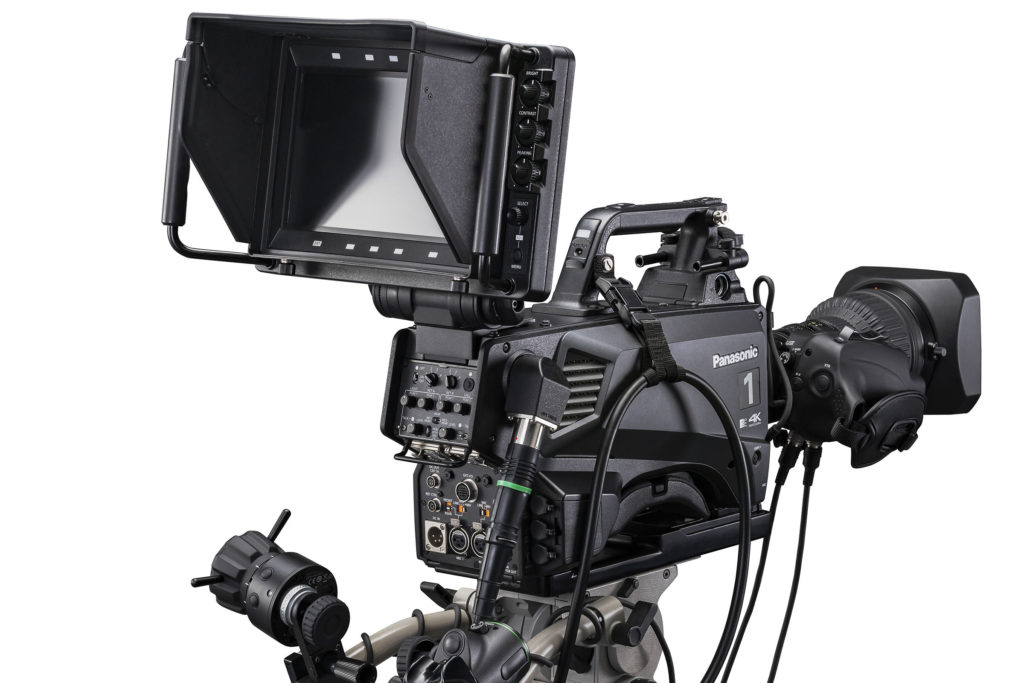
The AK-UC3300 on a tripod is an upgrade from the AK-UC3000 bringing superior image quality from the AK-UC4000.
QUESTION: Which camera does the AK-UC3300 replace? Or is it an upgrade from another camera?
BERGERON: In some ways it’s an upgrade from the UC3000. One of the biggest difference between the 3000 and the 4000 is that the 4000 has superior imaging so sensitivity, color, noise level, is much better. The 4000 will go toe-to-toe with any camera in the market. What the UC3300 does is bring 4000 imaging into a camera that's meant to replace the 3000. The difference between the 3000 and the 4000 used to be a difference in imagery, as well as the 4000 could do high speed in HD. But what the 3300 does have is the 4000 imaging, and it has the CCU from the 4000 – the AK-UCU600. What it doesn't have is the Dual Filter Wheel and it doesn't work with the build up. What people found with the 4000 was that they loved the image but if you were just an indoor studio or small studio, you weren't going to use that build up unit or need the color correction filter, which has a manufacturing cost. The 3300 is kind of a down-featured 4000.
QUESTION: Is the UC3300 capable of working in SMPTE 2110?
BERGERON: Yes, it uses the same CCU as the 4000 and there's a 2110 board available for that CCU.
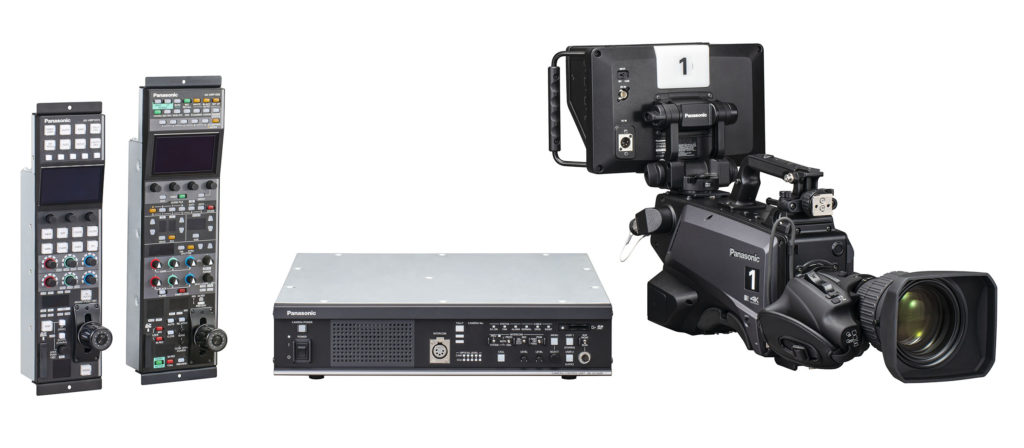
AK-UC3300 studio camera with AK-HRP1015/AK-HRP250 ROPs and AK-HCU250 CCU
QUESTION: The AK-UC3300 can be operated from the AK-HRP1015 ROP. What are the main differences between the HRP1015 and the HRP1005?
BERGERON: The AK-HRP1015 is the successor to the AK-HRP1005. The difference between the 1015 and the AK-HRP1000 is that it’s a narrower controller. It’s a 1/5 rack size instead of a 1/4 rack size. So if you're building a fly pack, with the 1015, you can put five controls across instead of four. Because it’s smaller, it has less buttons so there's some things that it takes more steps to do because of the reduction of buttons. If you've got 10 cameras, that's a whole other half a rack and if you're in a truck, that's one less space for somebody to stand. The other thing is that the interface with the 1015 is more similar to a Grass Valley controller compared to the 1000, which is more similar to a Sony. So an operator who's used to Grass Valley might actually have an easier time transitioning to a 1015 than a 1000.
Check out Panasonic 4K Studio Camera AK-UC3300
QUESTION: Switching gears, tell us a little about the AK-HC3900.
BERGERON: The 3900 is the successor to the 3800. The 3800 is a really good entry level system camera and has the right feature set and price point for small broadcasters and houses of worship. It was a successful camera but it was 1080i and 720p only - it didn't support 1080p. With the 3900, we needed a similar camera that supported 1080p because that is now a requirement. Also, people would like there to be an upgrade path to 4K. With our LSSIEL technology, we can now build the 3900 and use a 4K imager, rather than just an HD imager. There are systems out there that have a 4K output, but the image has been scaled up. With the HC3900, the 4K upgrade really makes it a 4K camera because it's starting with a 4K imager. (The availability of that upgrade will be available in 2021.)
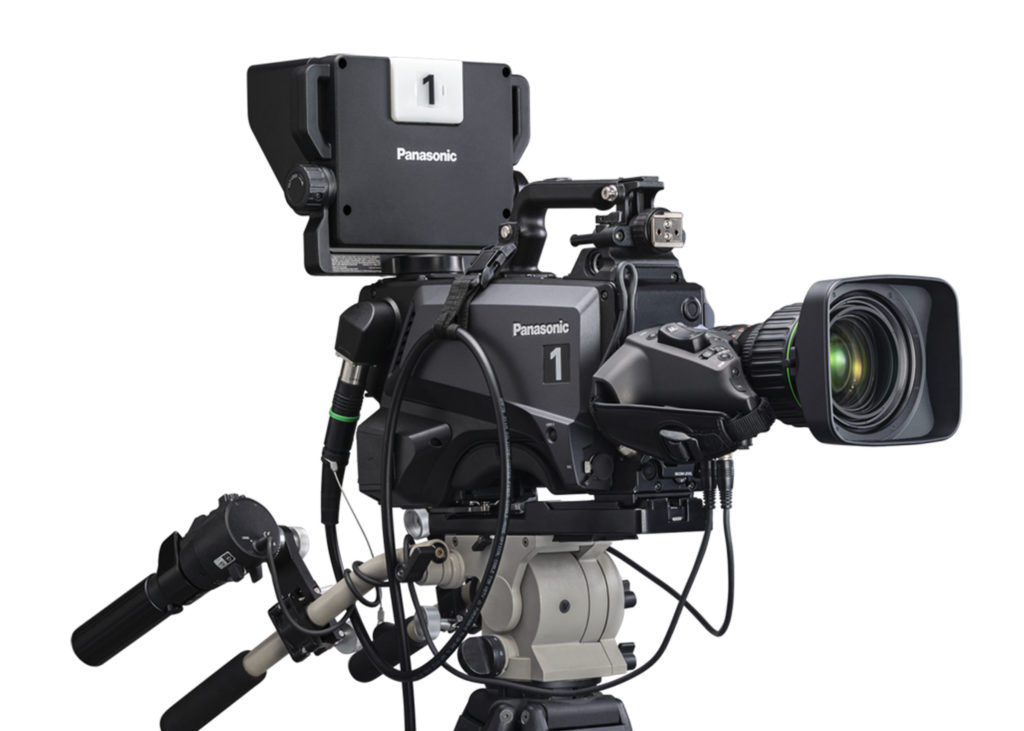
AK-HC3900 contains a 4K imager for 1080p capture but will feature a future upgrade path to 4K.
QUESTION: Can you talk about the new CCU (AK-HCU250) and ROP (AK-HRP250) that are being released with the HC3900?
BERGERON: As a successor to the 3800, the AK-HCU250 is the successor to the AK-HCU200. There are two big differences between the CCUs. The first one I discussed is the upgrade to 4K, as well as 60p. But the second thing is it has a trunk line, which the 3800 never had as an option. A trunk line means you can send a video from the camera to the CCU. So if you if you have another camera that's near the camera, there's an input on the camera head that will send the signal back to the CCU. So if you want to put another camera or a PTZ camera near an installed 3900, you could utilize that trunk line.
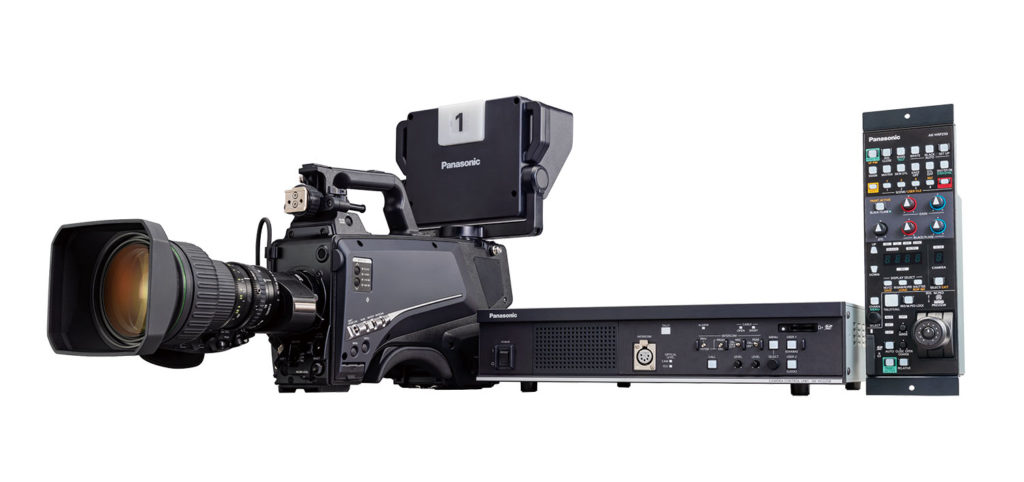
AK-HC3900 studio camera with AK-HCU250 CCU and AK-HRP250 ROP.
QUESTION: Do both the UC3300 and the HC3900 with the 4K upgrade use LSSIEL technology? What sort of an effect has LSSIEL had on Panasonic's studio camera business?
BERGERON: From an operator perspective there’s really no effect. It’s not going to change the way you have to use the camera. What it changes is we're able to make a 4K camera that has sensitivity and dynamic range that's not too different from an HD camera. When you use the same technology with an HD camera and a 4K camera, you're going to get like two stops of sensitivity. You're also going to get less dynamic range in the 4K camera, because it's just a tradeoff. A 2/3 chip is a 2/3 chip, it's only getting so much light. With LSSIEL, we're able to just use a large imager and it allows us to capture 4K with better dynamic range and less noise. You also have the ability to use a digital 2x extender and still get a full HD picture out of it. Even if I'm not shooting 4K, you're still gaining something from having that 4K imager.
Check out Panasonic HD Studio Camera AK-HC3900
Both the AK-UC3300 and the AK-HC3900 are available now. For more information about Panasonic studio cameras, click through here.
![]()
